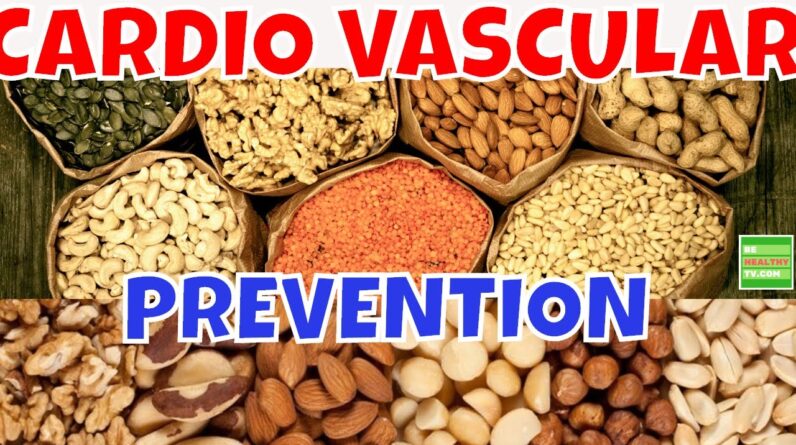Eating more fruits and vegetables is a great way to improve your health and wellbeing. Fruits and vegetables are packed with essential vitamins, minerals, and fiber, making them a vital part of any balanced diet. Unfortunately, many people struggle to get enough of these nutritious foods in their diets. If you want to learn how to eat more fruits and vegetables, here are some tips to get you started.
1. Start your day with a healthy breakfast. Instead of sugary cereals or pastries, try adding some fresh fruits or vegetables to your morning meal. For example, you can add a handful of berries to your oatmeal or a side of spinach to your scrambled eggs.
2. Pack a healthy lunch. Instead of reaching for processed foods, try packing a nutritious lunch that includes a variety of fruits and vegetables. For example, you can make a delicious salad with a variety of greens, colorful vegetables, and some lean proteins.
3. Make snacks healthier. Instead of reaching for chips or candy, try adding some fresh fruits or vegetables to your snacks. For example, you can make a delicious smoothie with some fresh berries, yogurt, and a banana. Or, you can add some crunchy vegetables like carrots or celery to your hummus or guacamole.
4. Incorporate fruits and vegetables into your dinner. Instead of relying on processed foods, try adding some fresh fruits and vegetables to your dinner. For example, you can make a delicious stir-fry with a variety of colorful vegetables, or you can add some roasted vegetables to your pasta dish.
5. Buy frozen fruits and vegetables. Frozen fruits and vegetables are just as nutritious as fresh ones, and they can be a great way to save time and money. You can use frozen fruits and vegetables in smoothies, stir-fries, soups, and more.
Eating more fruits and vegetables is a great way to get the essential vitamins, minerals, and fiber you need for optimal health. By following these tips, you can easily incorporate more of these nutritious foods into your diet. So, start adding more fruits and vegetables to your meals today!








